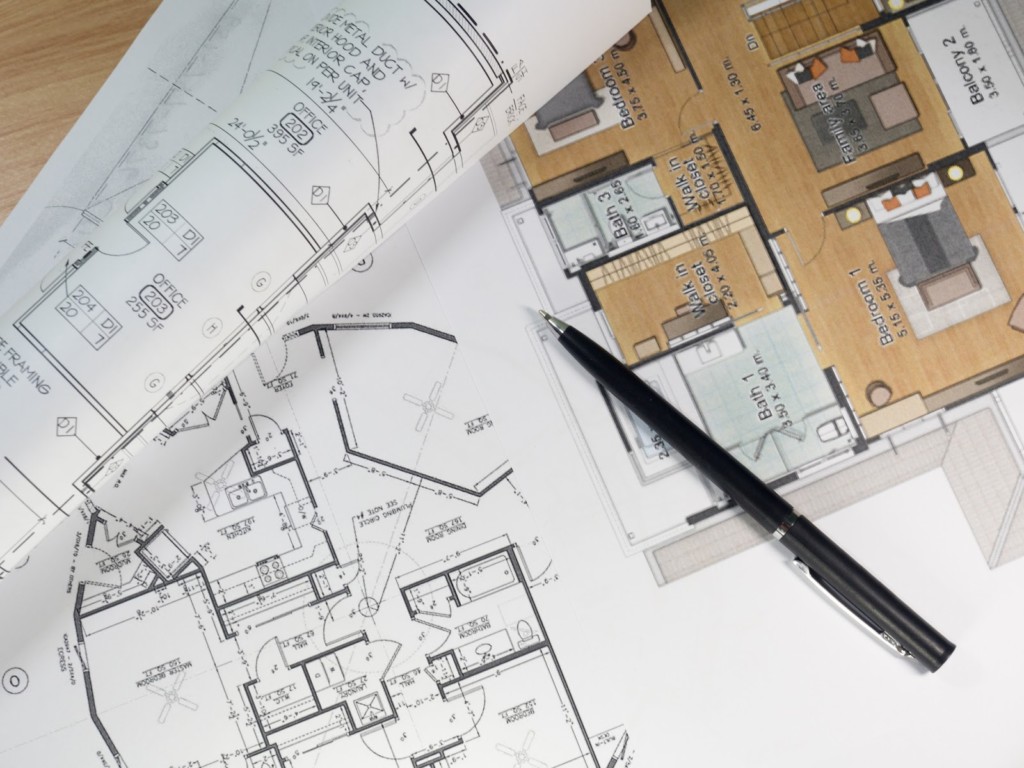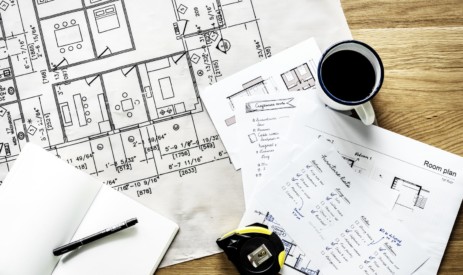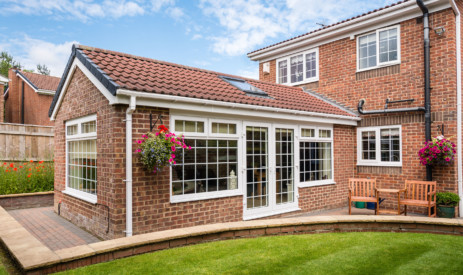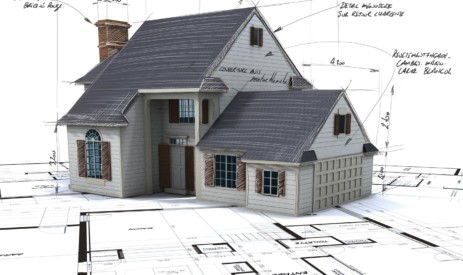5 Ways To Finance An Extension
Home extensions and refurbs can be a smart way to add value to your home. According to Hiscox, a new kitchen or a bathroom typically adds 5% to the value of a property.
There are a number of options when it comes to funding home improvements and what’s best for you will depend on your personal circumstances. Let’s take a look at five options for raising the funds you’ll need.
Can you increase your mortgage for an extension?
Yes, it is usually possible to borrow more against your home to finance your extension. This involves taking more money from your current mortgage lender to fund the renovation project, spreading the repayments over a long term. However, this isn’t the only option and may not be right for you. Read on to find out more about the different ways you can raise funds for your extension.
1 Remortgage your home
A remortgage is when you transfer your mortgage from one provider to another. It’s usually done to raise cash funds, by committing to a longer repayment plan when you switch to the new mortgage. One benefit of a re-mortgage is the opportunity to raise funds fairly quickly.
It’s worth bearing in mind that your mortgage is effectively a big loan that your home itself is used as security for. And so increasing the amount you’re borrowing can be fraught with danger – if you can’t make your repayments then you risk your home being repossessed by the provider. For this reason, it’s important to make sure you’re aware of all the costs involved in your extension before taking the plunge! For more information and top tips head to our mortgages and financing advice pages.
2 Use savings
If you have savings to use then the obvious benefit of taking this option is that you won’t need to borrow any extra money to complete your extension. However, interest rates are not very competitive for savers at the present time and it’s worth assessing whether you want to outlay such a large amount of your own cash in one go. Think carefully about how long it will take you to save up again (or if you need to), and weigh this against any interest you may be paying if you borrow the money. Everyone’s circumstances are different, so it really is a personal choice. Most importantly – don’t forget that some of the better savings account deals could have restrictions on you getting access to large amounts of cash.

3 Pay on a credit card
It’s easy to see the appeal of putting a comparatively small or medium-sized house extension finance on the plastic. If you do decide to take this route, be sure you’re on a deal with a 0% introductory rate if you’re taking out a new credit card to pay for the works, or you may end up paying a lot of interest on the job.
One benefit of using a credit card is that you’ll get some protection thanks to Section 75 of the Consumer Credit Act. This can be a life-saver if there are problems during the project – for example, if a contractor who has agreed to do your extension fails to deliver the service they said they would.
Like with a remortgage, it’s important to think carefully about whether you can feasibly afford to make the repayment plan. And be sure to look out for any hidden fees or charges with this type of spending. Remember that with credit cards, some purchase and cash advance interest rates can be eye-wateringly high.
4 Explore your options for a second mortgage
Also known as a secured charge loan, a second mortgage is when you keep your current deal the same and find another provider who’ll give you a second deal. Under this arrangement, you would have to make repayments on both mortgages at the same time. Once again, this option should be thought through with care as you’d be increasing the amount of borrowing that’s secured against your home, quite possibly at a rate that’s higher than your current mortgage.
One of the appeals of second mortgages is that interest rates can be lower than, say, rates on credit cards or personal loans because your property effectively backs the loan, reducing the risk for the provider.
5 Take out an unsecured loan
If you don’t like the idea of borrowing more against your property, you could apply for a bank loan or another type of unsecured loan.
While secured loans use collateral (such as a house or car) to protect the lender, an unsecured loan is judged largely by a borrower’s past history of managing credit well. For example, a home improvement loan is a type of unsecured loan. If you fall into this category, then this type of loan might be best for your circumstances.
You might find a decent loan with a fixed interest rate and a repayment term of up to about five years. The interest rate you get will depend on your credit score, which is a three-digit figure used by lenders to determine if you’re a high or low risk when it comes to borrowing. Your interest rate will also depend on the loan term and the amount borrowed.
Home extensions can be great, worthwhile investments that increase the value of your home and give you that extra bit of space to improve your quality of life. Whether you choose to dip into your savings or go down one of the above borrowing routes, with some careful planning and research you could soon be on your way to your dream home.



